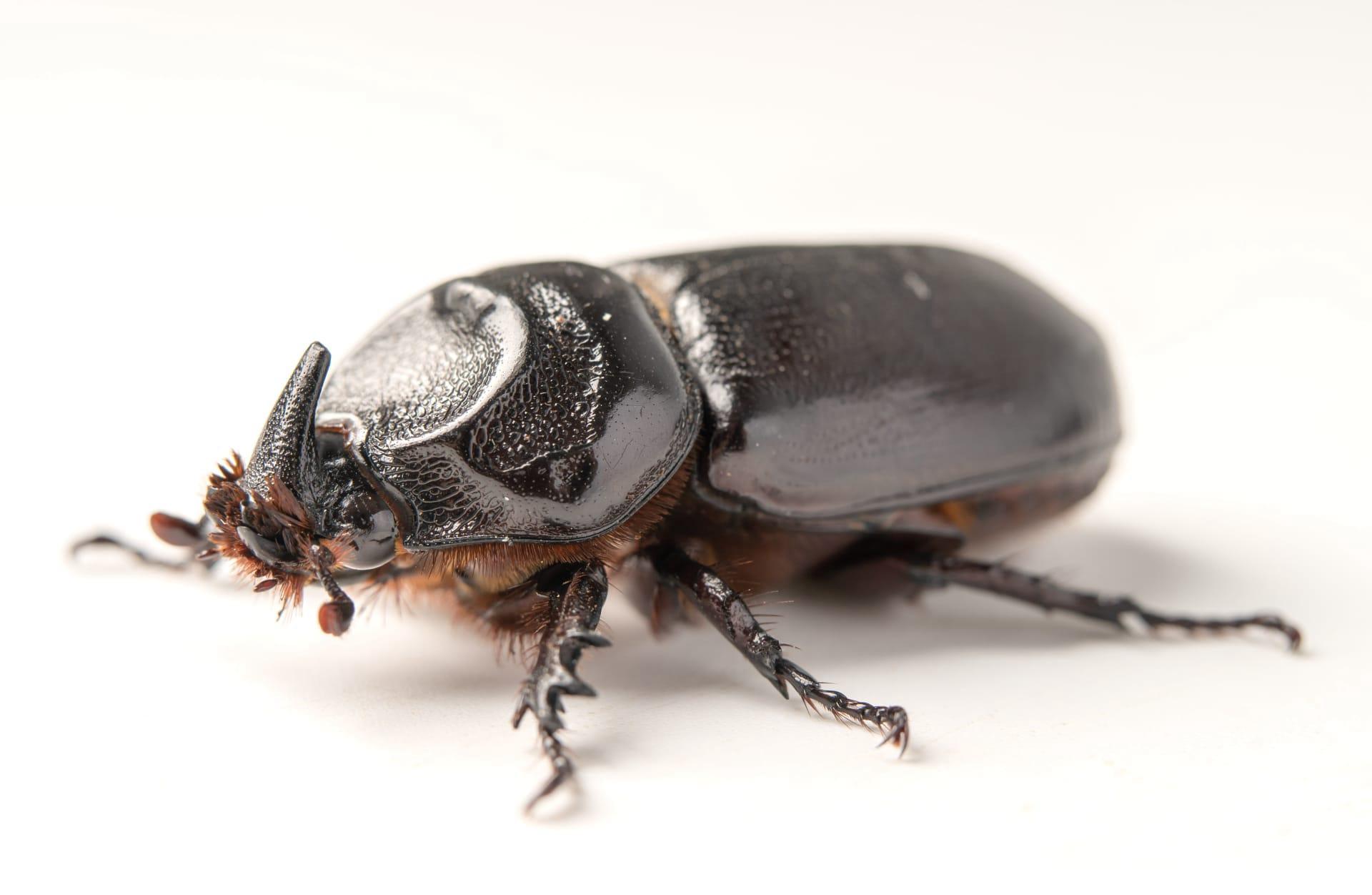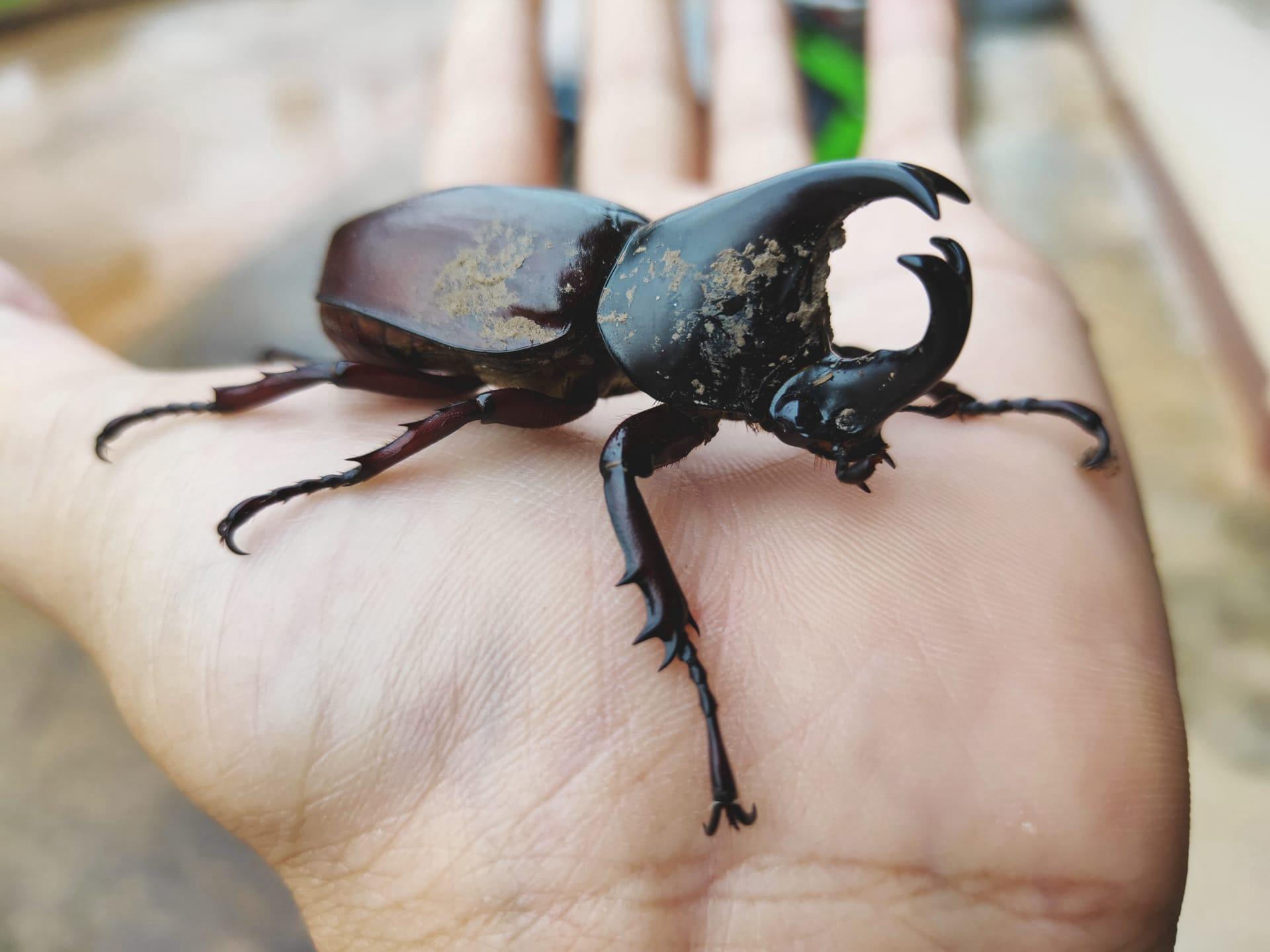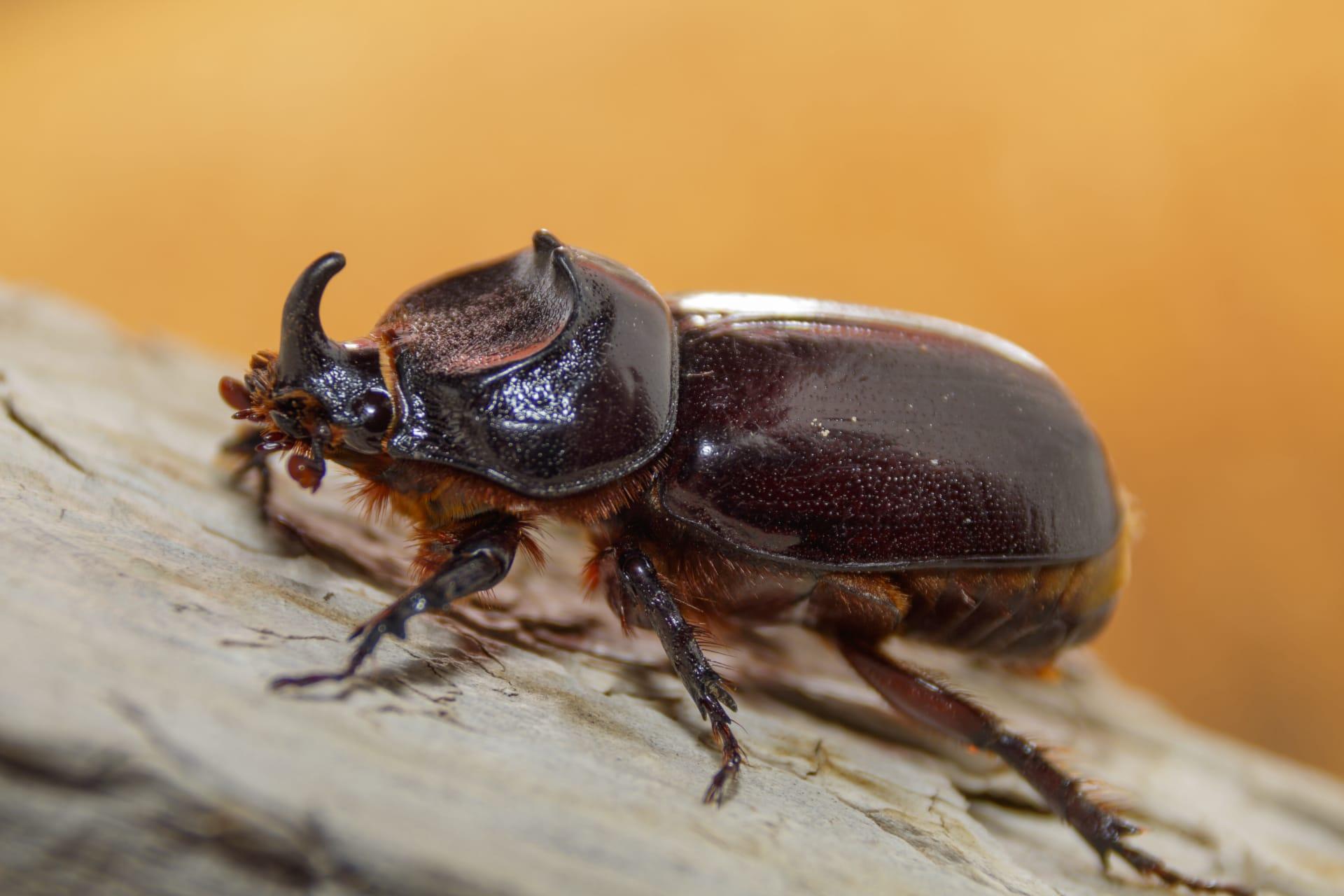Rhinoceros Beetle
- Home /
- Mini Encyclopedia /
- Animal /
- Rhinoceros Beetle
1
The Rhinoceros Beetle, belonging to the subfamily Dynastinae, is part of the family Scarabaeidae, which is known for its diverse species of beetles. This group of robust and large beetles is often recognized by their distinctive "horns," which are actually extensions of the beetle's exoskeleton. There are over 300 species of Rhinoceros Beetles, each with its unique characteristics. Their sizes vary, with some species reaching up to 6 inches in length, making them one of the largest beetles in the world.
Rhinoceros Beetles are found in diverse habitats across the globe, predominantly in tropical and subtropical regions. Their distribution spans from North America to South America, as well as parts of Africa, Asia, and Australia. These beetles are particularly abundant in rainforest environments where they thrive due to the abundance of decaying wood and plant matter, which is crucial for their survival. They are less common in arid and colder climates, highlighting their preference for warmer and more humid conditions.

2
Question: Do Rhinoceros Beetles use their horns for fighting?
Answer: Contrary to popular belief, the horns of Rhinoceros Beetles are not primarily used for combat. While male beetles may occasionally use their horns to jostle with other males during mating season, their main function is for display and courtship. The size and shape of the horn are more about attracting females than actual fighting. Studies have shown that females tend to prefer males with larger horns, associating them with better genes and higher survival rates for their offspring.

3
Rhinoceros Beetles have evolved several strategies for survival. One key strategy is their extraordinary strength; they can lift objects up to 850 times their body weight, making them one of the strongest creatures on Earth relative to their size. This strength is not just for show; it's crucial for digging, climbing, and foraging in their natural habitats. Their hard exoskeleton also provides significant protection against predators and environmental hazards.
Another survival tactic is their ability to fly. Despite their bulky size, Rhinoceros Beetles are capable of flight, which aids in finding food, escaping predators, and seeking mates. Their wings are tucked under a protective cover, and when they fly, they spread these wings out. This ability to fly also plays a crucial role in dispersing the species across various regions, thereby enhancing their survival in diverse ecosystems.

4
In the ecosystem, Rhinoceros Beetles play a vital role as decomposers. Their larvae feed on decomposing plant material, especially wood, significantly contributing to nutrient recycling in their habitats. This process aids in soil fertilization and the breakdown of plant matter, making nutrients available for other organisms.
Rhinoceros Beetles also serve as a food source for various predators, including birds, mammals, and reptiles. Their presence in an ecosystem indicates a healthy balance, as they support the food chains by providing sustenance for higher trophic levels. Additionally, their activity in the soil through digging and burrowing helps aerate the soil, which benefits plant growth and health.

5
Film: "Beetle Queen Conquers Tokyo" (2009, United States). This documentary explores Japan's fascination with insects, including the Rhinoceros Beetle. It delves into the cultural significance of these beetles in Japan, where they are often kept as pets and are symbols of strength and endurance.
Book: "The Beetles of the World" by Norman H. Joy (United Kingdom, 1932). This comprehensive guide covers various beetle species, including detailed sections on Rhinoceros Beetles. It provides insights into their biology, behavior, and distribution.
Book: "Insectopedia" by Hugh Raffles (United States, 2010). This book is a collection of essays exploring the world of insects. One of its chapters is dedicated to the Rhinoceros Beetle, discussing its cultural and ecological significance, alongside personal narratives and scientific observations.